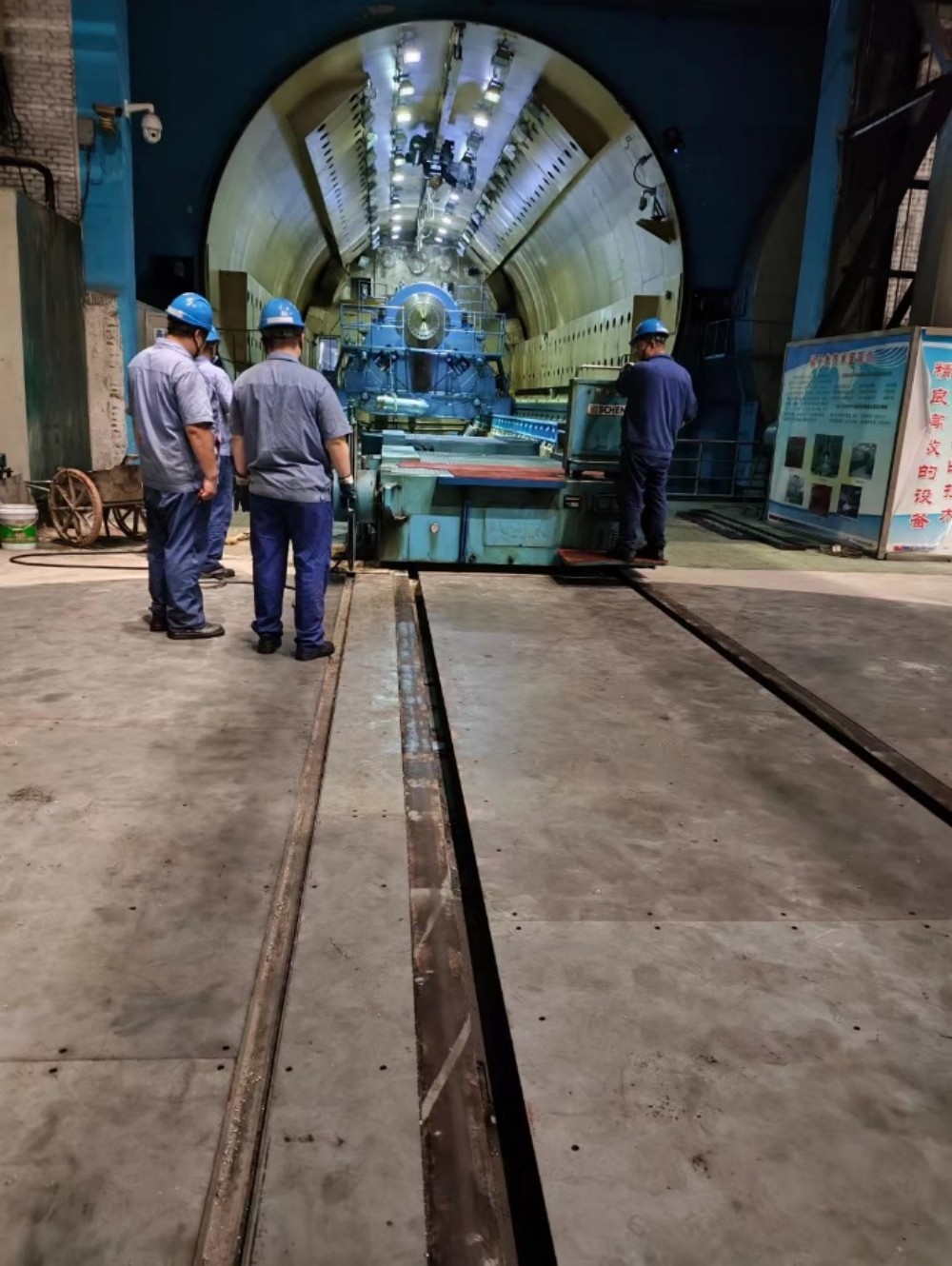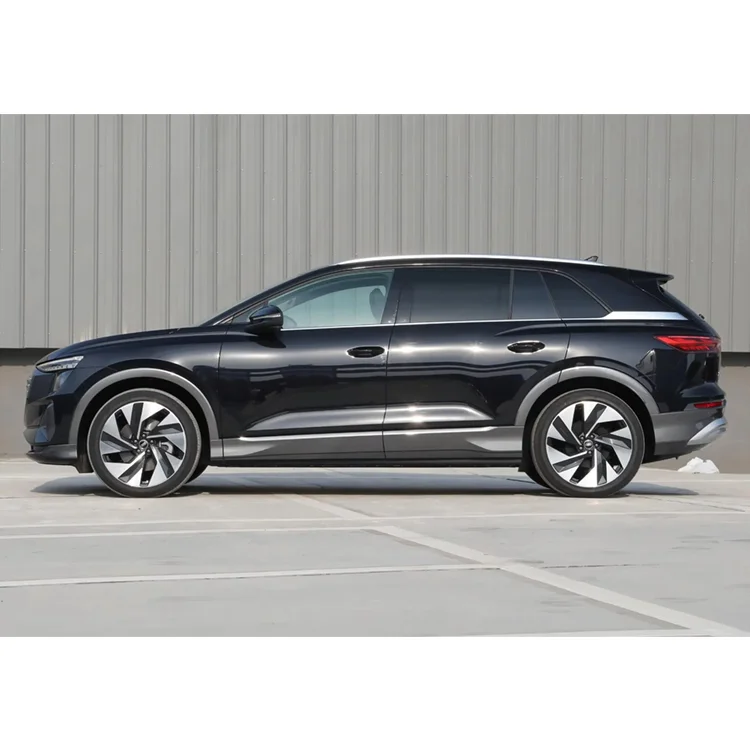In today's digital age, laser printers have become an indispensable tool for businesses and individuals alike. However, concerns about their energy consumption have raised questions regarding their efficiency and environmental impact. In this blog post, we will delve into the intricacies of laser printer technology and explore whether they indeed use a significant amount of electricity.
- Understanding Laser Printer Technology:
To comprehend the energy consumption of laser printers, it is crucial to grasp the underlying technology. Laser printers utilize a complex system involving several components, including a laser beam, a photoconductor drum, toner cartridges, and a fuser unit. This intricate setup enables them to produce high-quality prints with remarkable speed and precision. - Power Consumption during Standby Mode:
One of the primary concerns regarding laser printers is their power consumption during standby mode. While it is true that laser printers consume a small amount of electricity when idle, modern printers are designed with energy-saving features. These features include automatic sleep mode activation after a certain period of inactivity, reducing power consumption significantly. - Energy Efficiency in Printing Operations:
When it comes to actual printing, laser printers are known for their efficiency. Unlike inkjet printers that require multiple passes to create an image, laser printers use a single pass, resulting in faster printing times. Additionally, laser printers' toner technology ensures that only the necessary amount of toner is used, minimizing waste and reducing energy consumption. - Comparing Laser Printers to Other Technologies:
To gain a comprehensive understanding of laser printer energy consumption, it is essential to compare them to alternative printing technologies. Inkjet printers, for instance, may consume less power during standby mode but often require more energy-intensive printing processes. Moreover, laser printers' longevity and higher printing capacity contribute to their overall energy efficiency in the long run. - Tips for Energy Optimization:
While laser printers are inherently designed to be energy-efficient, there are additional steps users can take to optimize their energy consumption further. These include adjusting printer settings to reduce print density, utilizing duplex printing, and ensuring regular maintenance to keep the printer in optimal condition.
Conclusion:
Contrary to popular belief, laser printers do not consume excessive amounts of electricity. Their energy efficiency during printing operations, coupled with modern energy-saving features, makes them a viable choice for businesses and individuals alike. By understanding the technology and implementing energy optimization strategies, laser printers can be used without significant environmental concerns.



More Stories
Exploring New Chapters of Development Together! Shuifa Singyes New Materials Participates in C-Touch & Display Shenzhen 2025 and Commercial Display
How to Choosing the Best Cylinder Essential Oil Packaging Box for Your Brand
Mechanisms of Damping Deadening Rubber Sheets: How They Reduce Vibration and Noise